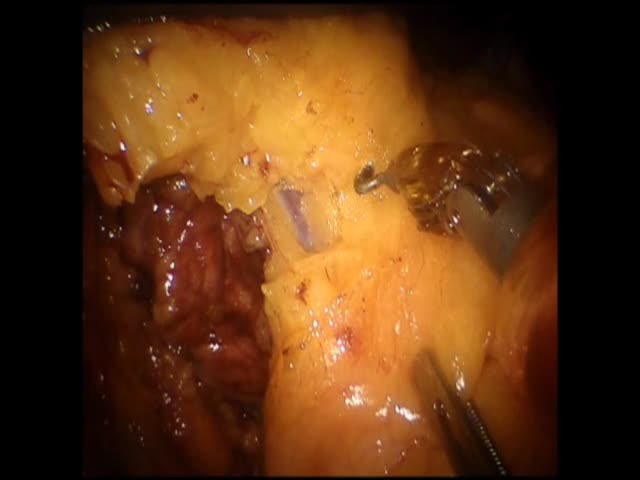
One-stage minimally invasive treatment of synchronous cecal and low rectal carcinomas with liver metastasis in segment VIII by combined laparoscopic hepatic resection, robot-assisted right colectomy, and robot-assisted abdominoperineal resection
February 15, 2014
A. Parisi
Synchronous colorectal cancers are multiple tumors that occur simultaneously and have an incidence of about 2%-5%. Operative techniques for managing these lesions needs to be tailored to the individual, based on location, stage of tumors, and the patient?s health condition. Recent technological developments, and in particular the use of robotic systems, have made possible a minimally invasive approach, even in complex cases, resulting in a significant improvement in the postoperative course of patients. We report a case of cecal and low rectal carcinomas associated with liver metastasis. The need to work on three distinct abdominal areas raises technical considerations. A 76-year-old woman was admitted to the Department of Digestive Surgery at the “S. Maria” hospital in Terni, Italy due to rectal bleeding. A colonoscopy showed one lesion in the cecum and another in the distal rectum. CT staging also highlighted the simultaneous presence of a single metastasis in the VIII hepatic segment. A combined surgical resection for all tumor localizations was performed through a total laparoscopic and robotic-assisted approach. The patient underwent a laparoscopic resection of liver metastasis (the reduced rib?upper anterior iliac spine distance did not allow for the positioning of the robotic device), combined with a robotic-assisted right colectomy and robotic-assisted abdominoperineal resection, with the extraction of all 3 surgical specimens from the perineal incision. The procedure lasted 570 minutes. The postoperative course was uneventful, and the hospital stay lasted 5 days. This report suggests the technical feasibility and safety of a combined totally minimally invasive approach for synchronous multiple tumors in selected patients, in specialized centers with experience in laparoscopic/robotic surgery. The robotic system allows for an improved visualization of tissues and extraordinary freedom of movement, thus improving precision in all phases of the procedure.







